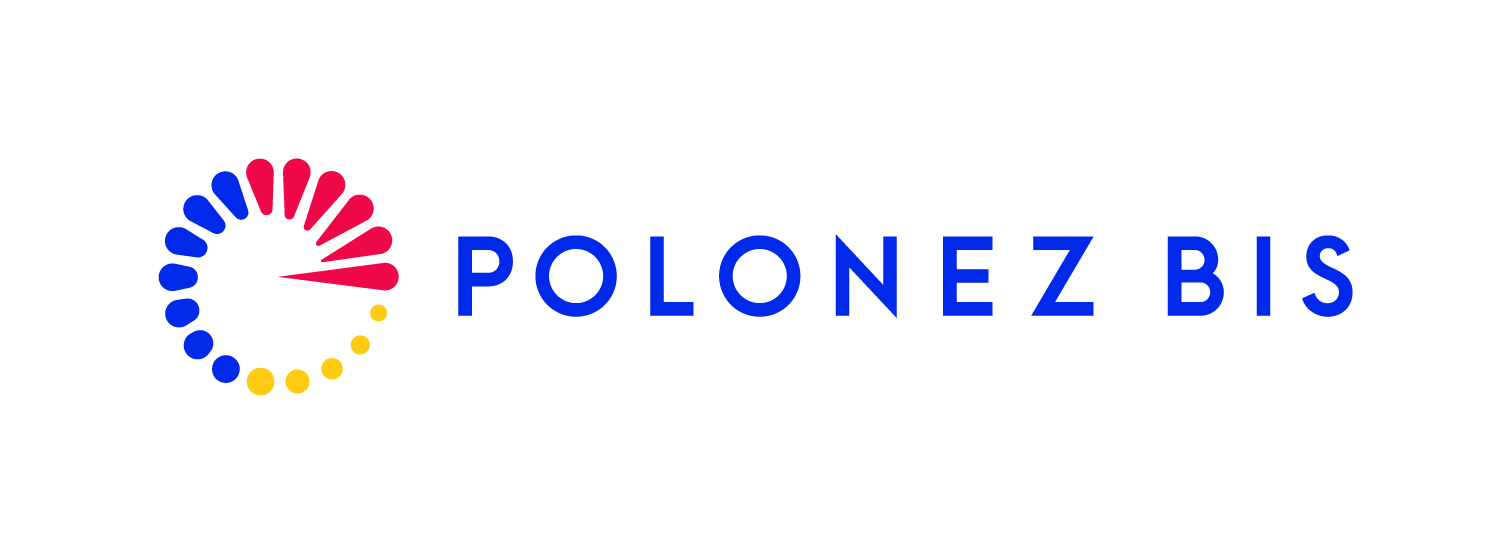POLONEZ BIS 3 project information
Title: Mechanical and structural properties of RAFM steels - impact of radiation damage.
Acronym: RAFM.
Project description:
Materials chosen for constructing structural components in nuclear reactors require careful selection and characterization, as their operational conditions presume the constant influence of harmful neutron irradiation, which undesirably degrades their mechanical properties and eventually may lead to the failure of the component. Therefore, we need to ensure that the margin of safety of a material is enough to sustain a certain amount of neutron damage. However, neutron irradiation for the research purposes is very expensive, long and complicated process, so the possibilities to imitate the damage of neutrons by other types of irradiation are in high interest. In this research we set a goal to substitute the complicated neutron irradiation by relatively cheap, fast and totally safe ion irradiation, analyze its impact on the mechanical properties, deeply investigate the microstructural changes it does, and to compare with the existing data done with neutrons. We target to establish an experimentally-computational procedure aimed on the effective characterization of the consequences of ion irradiation as a surrogate for neutron irradiation, which will allow to accelerate the delivery of new research data done on structural materials for nuclear applications.
To execute the project, we will perform ion irradiation of samples of the European structural steel Eurofer97, specially designed for applications in future fusion reactors. The irradiation campaign will be based on the parameters, most representative for the real operational conditions. Furtherly, the irradiated and non-irradiated samples will be experimentally studied, including complementary investigations done by means of different microscopy techniques, and the obtained results compared, in order to distinct and characterize the influence of the ion-induced damage. Finally, the outcoming knowledge will be used to correctly feed computational models for numerical simulations, which will allow to connect the obtained from ion-irradiated material data with neutrons. The proposed research is to be done at NOMATEN Centre of Excellence (CoE), leaded by Tymofii Khvan (principal investigator) under the guidance of Dr. Lukasz Kurpaska (project mentor), including cooperation with Prof. Jacek Jagieslki (ion irradiation damage expert) and with numerical group at CoE: Prof. Mikko Alava and Prof. Stefanos Papanikolaou (experts in multi-scale simulations).
Globally, the execution of the proposed research is driven by the substantial complexities to use neutron irradiation for the research purposes. Beside the fact that it is highly expensive, the lowest damage dose of interest for the demonstrative fusion reactor would take minimum 10 years to reach with the modern capabilities of the research reactors (50 dpa with 5 dpa/year), whereas ion irradiation can handle this in 1 hour. Moreover, metallic materials are very active and dangerous after neutron irradiation, what leads to the usage of bulky protective equipment, specially trained personnel and strict safety protocols. The data available in literature shows good substitutional potential of ions once imitating the neutron damage in terms of mechanical or structural analysis. However, due to its specifics the experimental characterization process usually comes with noticeable uncertainties and artefacts, which affect the accuracy. Consequently, transferred for computational analysis imprecise data affects the effectivity of the approach to apply ion irradiation. Therefore, an establishment of a full testing cycle with complementary investigations, aimed on support of the experimental activities and rectification of the results is demandable, and proposed within the project.
Upon completion of the project it is expected to obtain a proven research protocol for the effective experimentally-computational steps towards fast and safe characterization of the irradiation impact on the mechanical properties of structural steels with the lowest uncertainty. Moreover, this procedure can be applied on other metallic materials by repeating the validational process, which is to be established within the proposed project. It is expected, that the outcoming results will pace the delivery of new research data in nuclear materials field, and give a rise of similar studies. The project will also positively impact on the professional growth of the PI, will provide an additional internationally-collaborative resource for CoE, and globally will contribute to the stability of the European energy sector.
This research is being carried at the NOMATEN Centre of Excellence. The NOMATEN Centre of Excellence has been created at the Poland's National Centre for Nuclear Research Poland as a new research organization in which international world-class research teams design, develop and assess innovative multifunctional materials – combining advanced structural and functional properties – for industrial and medical applications. More information: https://nomaten.ncbj.gov.pl/
Contact details:
PI's mentor: lukasz.kurpaska@ncbj.gov.pl
This research is part of the project No. 2022/47/P/ST5/01169 within the POLONEZ BIS programme co-funded by the National Science Centre and the European Union’s Horizon 2020 research and innovation programme under the Marie Skłodowska-Curie grant agreement No. 945339.






